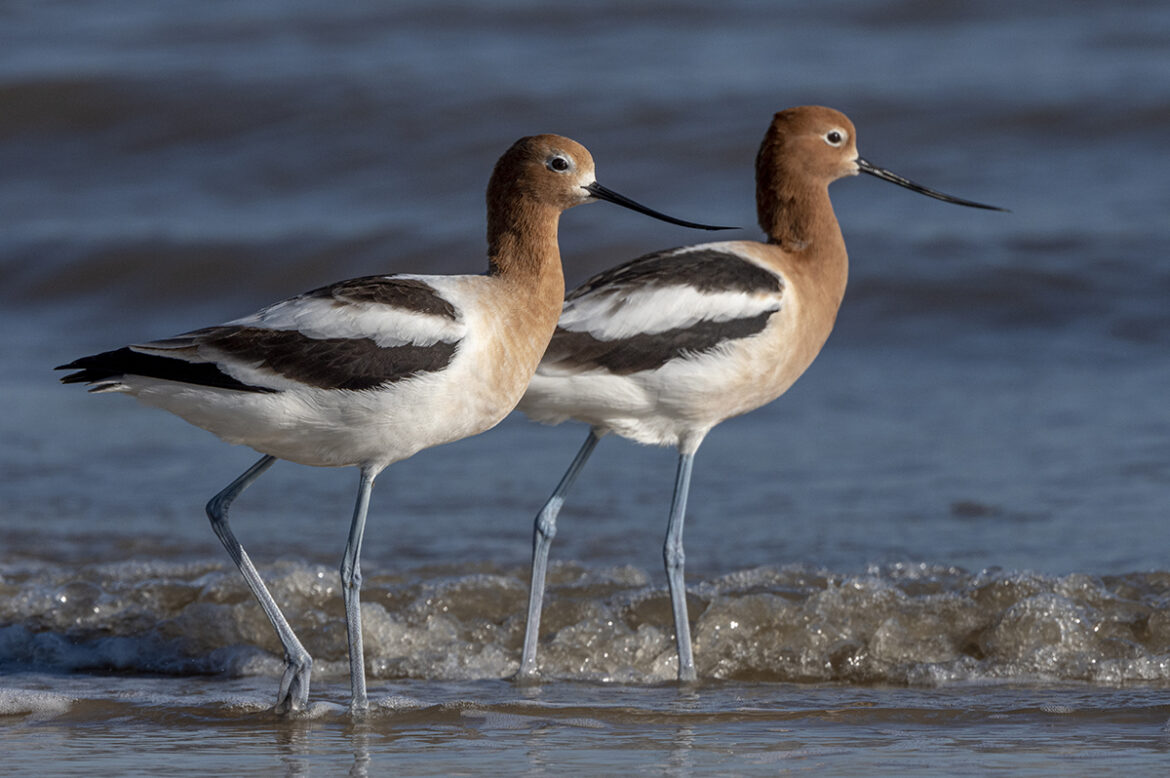February Offers a Great Time for Mississippi Birding
People can see many birds in Mississippi any time, but February offers one of the best times to go birding in the state. By February, birds migrating to Mississippi for the winter already arrived and haven’t started their spring northward migrations yet.
Birds migrating farther south stop in Mississippi to build up strength before crossing the Gulf of Mexico. For returning in late winter or early spring, Mississippi gives them their first place to land, rest and recover from that part of their journey before continuing northward.
“During the winter months, people see waterfowl and other birds that they wouldn’t normally see in Mississippi at other times of the year,” advises Nick Winstead, an ornithologist for the Mississippi Department of Wildlife, Fisheries & Parks Museum of Natural Science in Jackson. “The Coast is a good spot to see diverse birds. Brown pelicans are resident birds all year long on the Gulf Coast, but white pelicans come in during the winter months.”
Also, birds reach their most colorful stages in late winter. During the summer, many birds, especially waterfowl, molt and replace their feathers. They lose their brilliant colors in the “eclipse” stage so they can hide from predators while nesting. In the fall, the bright colors in the males return so they can impress the females when breeding season begins in late winter or early spring.
South Mississippi offers birds varied habitat choices. Waterfowl prefer marshes and lakes. Pelicans, gulls and other seabirds like the coast. Endangered red-cockaded woodpeckers live in pine forests, like the De Soto and Homochitto National Forests.
“Shorelines are a big attractant for many species, such as plovers,” Winstead explains. “Piping plovers winter along the Gulf Coast. They are federally threatened in Mississippi. Laughing gulls nest in parts of South Mississippi. Other gull species come down in the winter. On the Coast, people might also see horned grebes, common loons and northern gannets.”
Endangered least terns nest in Mississippi. Other rare birds include the Mississippi subspecies of sandhill crane. Fewer than 35 of these cranes existed in 1975 when the U.S. Fish and Wildlife Service established the 19,000-acre Mississippi Sandhill Crane National Wildlife Refuge
(www.fws.gov/refuge/mississippi-sandhill-crane) near Gautier for them.
“The Mississippi sandhill crane does not migrate, but other sandhill cranes do come down during the winter,” Winstead says. “Some bald eagles nest in Mississippi, but their numbers increase during the winter as birds migrate down to the state. Another raptor much more abundant during the winter, American kestrels are a small falcon species that nest in Mississippi.”
To start birding, buy a good pair of binoculars and a bird identification book. Winstead recommends the Field Guide to Birds of North America. Novice birders might consider joining a birding club or participate in a field trip with more experienced birders.
South Mississippi offers numerous places to see birds in diverse habitats. Many public lands, including parks, national forests, and coastal preserves provide excellent opportunities for bird watching. Some good places include Hancock County Marshes Preserve, Grand Bay National Estuarine Research Reserve, and Gulf Islands National Seashore.
Some wildlife management areas also offer good opportunities to see birds, but several hunting seasons remain open during February. Birders on these properties should wear orange and not interfere with hunters.
For more on the Museum of Natural Science see www.mdwfp.com/museum.




